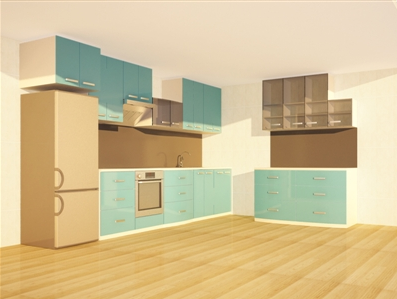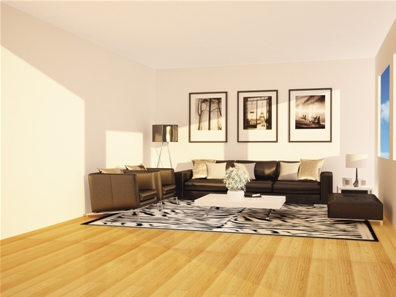
Do not use warm colors in the kitchen
In most interior design projects, the number of colors used is typically limited to three. While this isn't an absolute rule, professional designers often work with more than three, but it's common to stick to one or two dominant colors. This helps maintain balance and visual harmony. **Complementary colors** create a strong contrast and add energy to a space. They are ideal for areas like the kitchen, living room, or home office. However, due to their intensity, it’s best to use them in a balanced way—choose one as the main color and another as an accent, and use neutral tones like wood, black, or white to soften the effect.
The best color matching for the home is the light color of the wall, the middle color of the ground, and the dark color of the furniture
**Contrast colors**, such as red and blue or yellow and green, can create a bold visual impact. While they work well in small doses, using them across large areas might be overwhelming. It’s better to use them selectively for dramatic effect. **Similar colors**, which are close in tone, create a harmonious and peaceful atmosphere. They are great for living rooms, studies, or bedrooms. Even though they are similar, varying the shades and saturation levels can lead to different moods and effects within the same space. **Colorless tones** like black, white, and gray are powerful when combined. However, relying solely on these can make a space feel cold and rigid. To avoid that, consider adding natural elements like wood or introducing vibrant colors like red, pink, or green to add warmth and personality. **Color Rules:** 1. In general, a space should not have more than three main colors. White and black are usually excluded from this count. 2. Gold and silver can pair with any color. Note that gold is not the same as yellow, and silver is not the same as off-white. 3. The best color scheme for a home is light walls, medium-colored floors, and darker furniture. 4. Avoid warm colors in the kitchen, except for yellow, which can add a nice touch without being too intense. 5. The ceiling should always be lighter than the walls or match the wall color exactly. If the walls are dark, the ceiling must be light. The ceiling can only be white or the same color as the wall. 6. If the space is open, use the same color scheme throughout. For separate, enclosed spaces, different schemes are acceptable. Choosing the right colors for your home isn’t just about aesthetics—it’s about creating a space that feels good, functional, and personal. With a little knowledge and creativity, you can transform your home into a beautiful and inviting place.A water bath is a laboratory equipment used to incubate samples in a controlled temperature environment. It consists of a container filled with water that is heated to a specific temperature and maintained at that temperature. The sample is placed in a separate container that is submerged in the water bath, allowing for the sample to be heated or cooled to the desired temperature. Water baths are commonly used in biology, chemistry, and medical laboratories for a variety of applications including cell culture, enzyme reactions, and melting point determination.
Water Bath,Laboratory Water Bath,Thermostatic Water Bath,Lcd Constant Temperature Water Bath
Lachoi Scientific Instrument (Shaoxing) Co., Ltd. , https://www.lachoinst.com
![<?echo $_SERVER['SERVER_NAME'];?>](/template/twentyseventeen/skin/images/header.jpg)